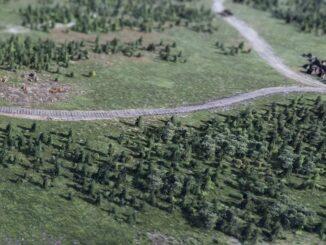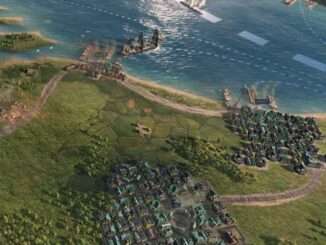
Guide to Power Structure Laws
Power structure laws determine who is in control of different aspects of the country.
It includes fundamental Governance Principles such as monarchy and parliamentary republic, which determine who will be the nation’s head of state is and what kind of powers they wield.
Distribution of Power ranges from autocracy and oligarchy through various extensions of the voting franchise all the way to universal suffrage.
Citizenship and Church and State laws govern which pops suffer legal discrimination in the country due to their culture or religion.
The principles on which Bureaucracy is run — such as hereditary or elected positions for bureaucrats — determine how expensive it is to keep track of each citizen and how much institutions cost to run, but also directly benefit some groups over others.
Conscription lets the player raise a part of the civilian workforce as soldiers in times of war, and Internal Security governs how the home affairs anti-insurgent institution works.
The numbers in green refer to the number of alternative laws currently available to be enacted in that sub-category.






Be the first to comment